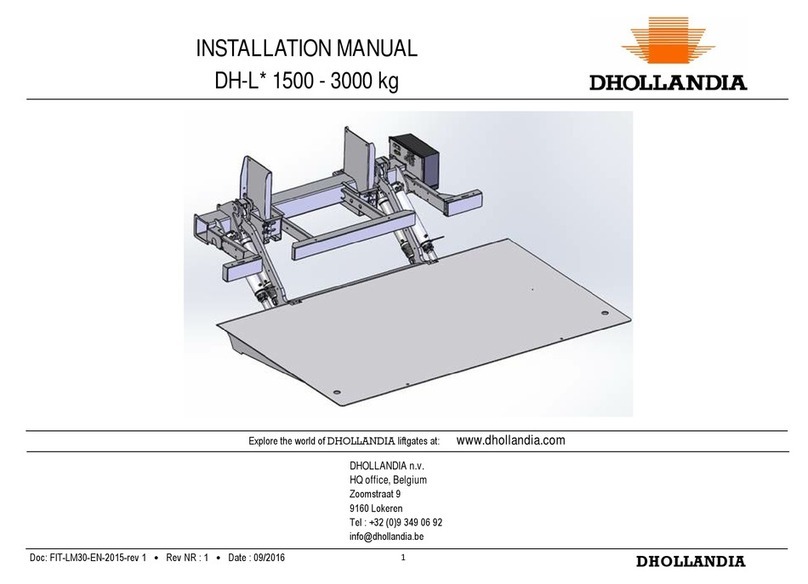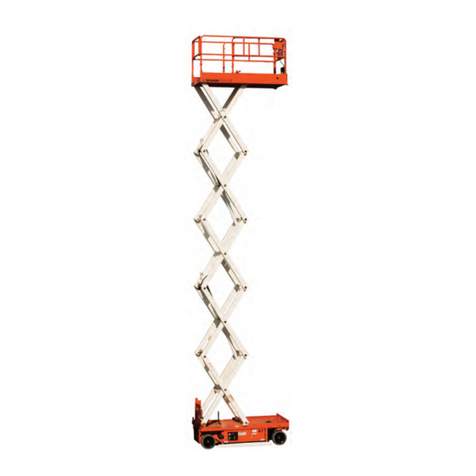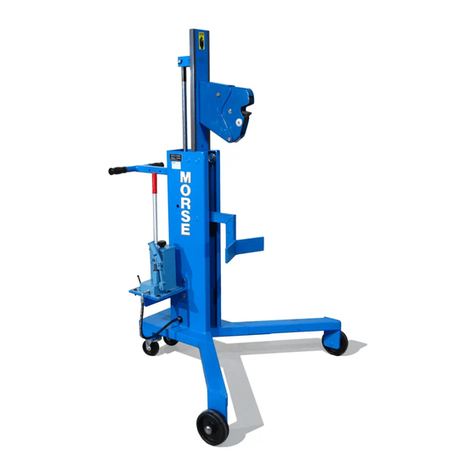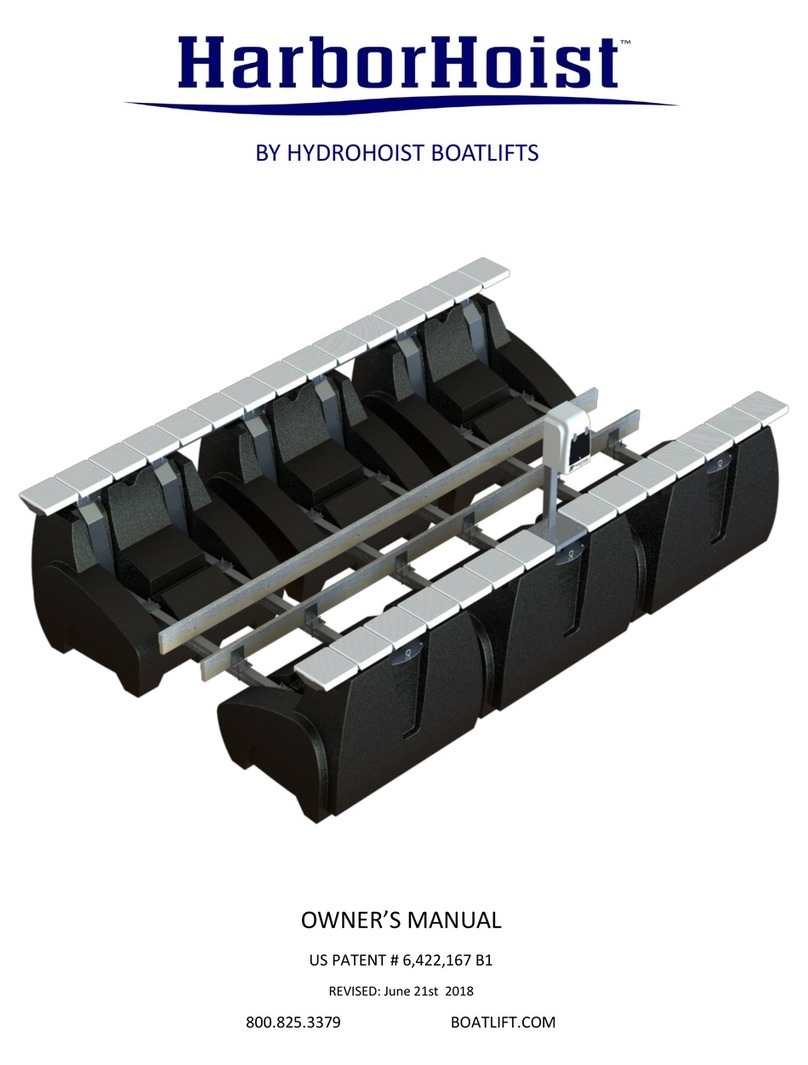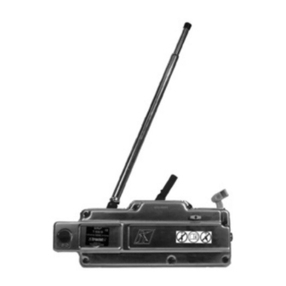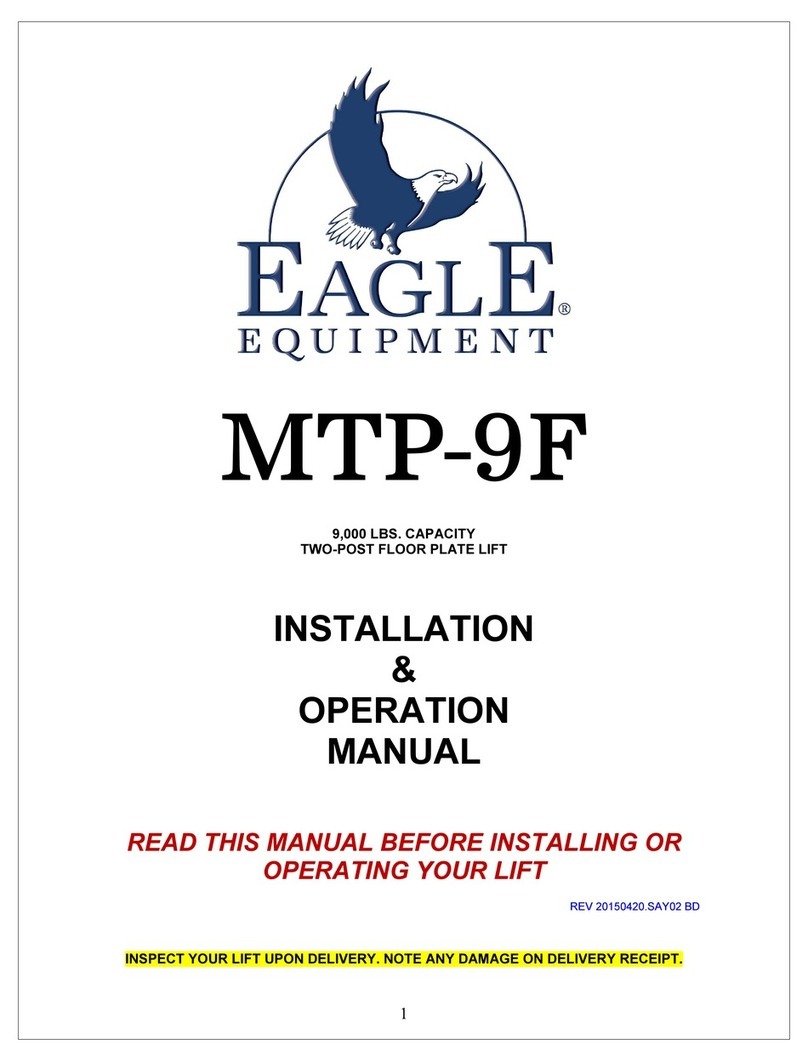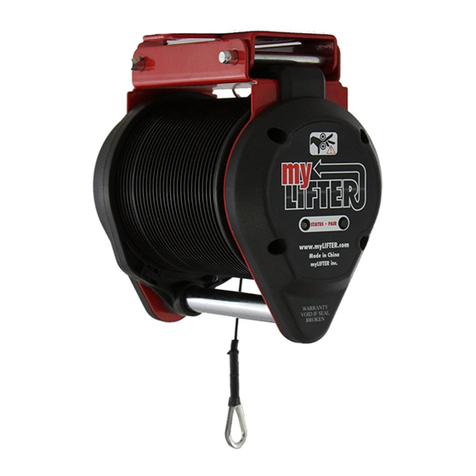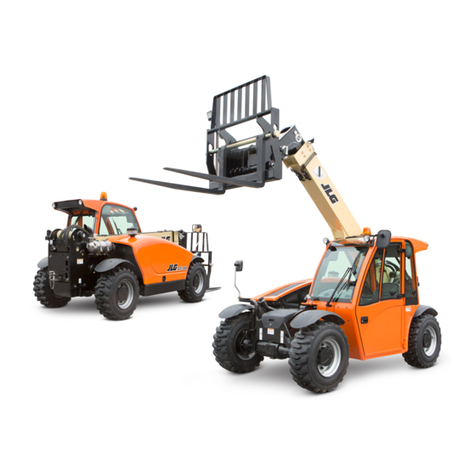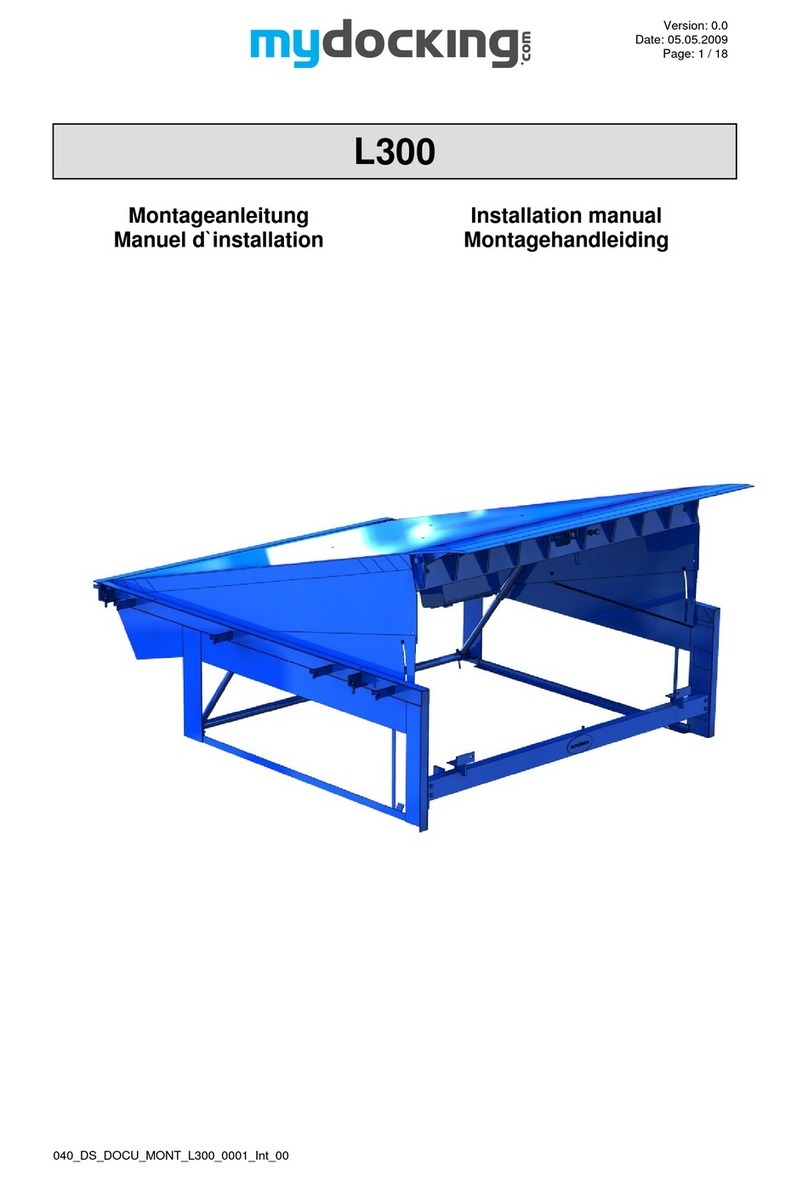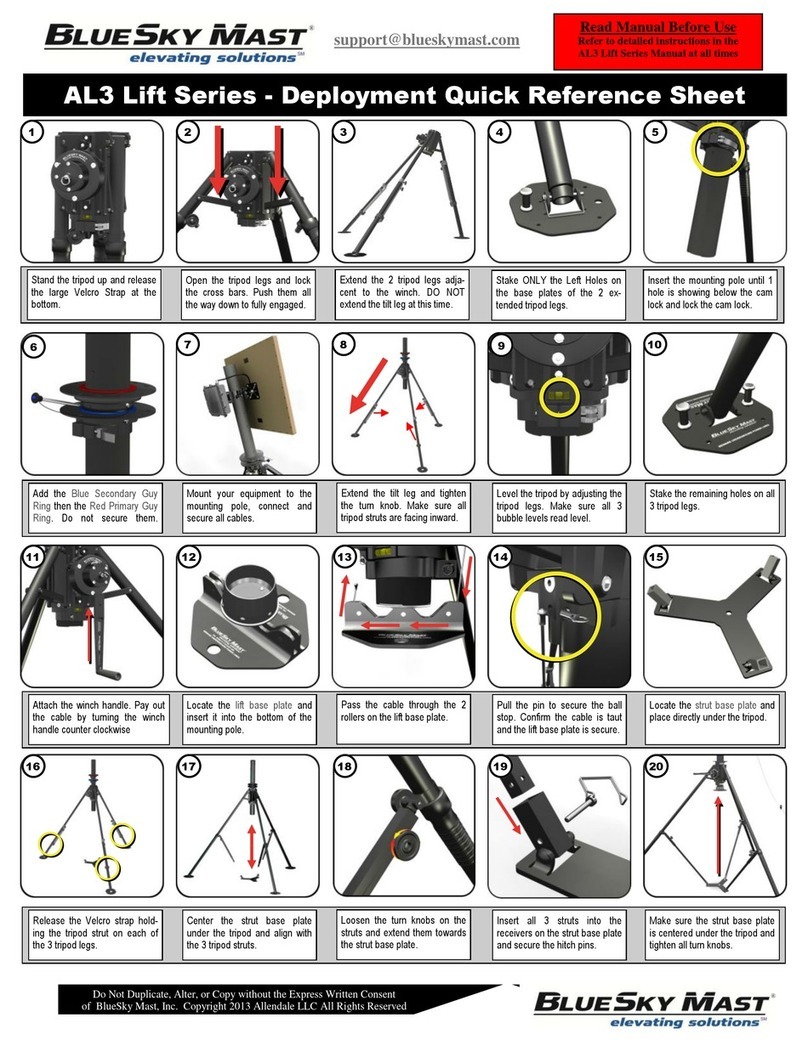
Carefully read this manual before assembling
the SHUTTLE and follow the instructions.
✓
Check to ensure that the SHUTTLE is the
correct lift solution for the intended operations.
Carry out a thorough risk analysis prior to
assembly and use of the SHUTTLE and act in
accordance with the results thereof.
✓
Check that the SHUTTLE has been assembled
by a person authorised and qualified to do so.
✓
Check that correct marking is present,
especially the stickers warning of the
entrapment hazard and the winch sticker
warning against running the winch at rail
end and prescribing mandatory use of the
slip coupling on the drill/driver driving the
SHUTTLE winch.
✓
As far as the scaffolding is concerned, check
that this (i) is certified scaffolding and that it
complies with the most recent guidelines, (ii)
that it has been put up correctly and in accor-
dance with the guidelines and (iii) that it has
been put up by a qualified person.
✓
Check (i) that the outriggers are in place, (ii)
that the crate with load remains fully within
the outer diameter of the outriggers and (iii)
can move freely along the entire length of the
lift mast.
✓
✓Make sure that unauthorised persons
cannot operate the SHUTTLE. Disassemble
the SHUTTLE completely if the aforesaid
requirements cannot be (sufficiently) met.
✓Always use the slip coupling of the drill/driver
when operating the SHUTTLE winch. Set this
coupling in accordance with the instructions in
this manual.
✓Always use the SHUTTLE winch spring lock to
secure the SHUTTLE carriage at height.
Make sure the lift mast is perfectly straight and
that the winch is completely perpendicular to
it. This is important to prevent folding of the
winch belt.
✓
DO
Do not use the SHUTTLE if there is anything
in the manual that you do not understand.
Contact the supplier for advice.
X
The SHUTTLE must never be assembled, used,
moved or disassembled by unauthorised
persons.
X
Never use the SHUTTLE in poor weather
conditions that could endanger the user (snow,
sleet, heavy rain, lightning).
X
Never use the SHUTTLE near overhead
electrical cables that are within reach of the
user.
X
X
The SHUTTLE is exclusively intended for the
vertical transport of goods and not of persons
and/or animals. Lifting and/or lowering
persons and/or animals with the SHUTTLE is
strictly forbidden.
X
Never load the SHUTTLE crate with a weight
higher than 30 kilos.
X
Never bend over the railing of the platform
to take goods out of the loading crate. The
user’s upper body must at all times remain fully
behind the platform railing.
X
Never use the SHUTTLE if the winch slip
coupling has not been properly adjusted and/
or if it is not working properly.
X
X
Never allow the SHUTTLE winch to run against
the rail end as this can damage the winch.
When using the SHUTTLE, never allow anyone
to stand or move underneath the SHUTTLE.
DON’T
3. SAFETY
DO’S/ DON’TS
Finally
Avoid getting trapped: keep out of the way of the Shuttle.
Persons on the lower platforms of the scaolding should take care not to place their hands/
arms and feet/legs directly next to the Shuttle’s guide rail.
Likewise, make sure no objects are sticking out of the Shuttle’s path.
Warning stickers must be axed to the inside of the guide rail.
These stickers are supplied with the product by the manufacturer and more can be ordered
if desired.
Regularly check your winch belt and make sure that it always runs perfectly flat and
straight when in operation
The most important point to pay attention to when using the winch belt is that it always
enters the winch flat and without folding and twisting. Avoid folds in the winch belt. When
entering the winch drum enters, these folds become worse and the belt no longer rolls up
flat. This will damage and weaken the winch belt.
The winch belt has enormous strength. The belt must nevertheless be checked regularly (at
least once a month) to ensure that no damage has been caused, for example, by contact
with sharp objects.
If you detect any cracks, frays or notches, replace your belt immediately!
The winch belt must be replaced with a new belt five years after its production date, due to
UV rays acting on the belt. This also applies if the belt is still completely intact.
Remember - maximum 30-kilo load and goods only
The Shuttle is designed for loads of up to 30 kilos. Do not exceed that weight. Overloading
can also damage your drill.
The Shuttle must be used to lift goods only. Under no circumstances should it be used to
lift or lower animals or children/adults.
17.
^
16.
^











